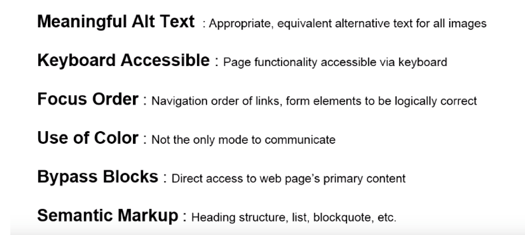Love can be hard. We’ve all had that first date that was a complete disaster, or that breakup we never saw coming. The same can be said of user experience. You’ve probably downloaded an app you thought you’d love – only to find it delivered a hostile user experience. Ouch.
As product designers we ask ourselves this question a lot: why is it so easy to love some digital experiences and so easy to abandon others? Let me tell you, it goes far beyond misaligned pixels, cringe-worthy typographic choices, and stiff stock imagery. And one poor choice could mean your customers will be looking for another solution fast.
Let’s take a look at 5 UX fails worth avoiding.
Confusing UX for UI
When people think of user experience (UX), oftentimes user interface (UI) design springs to mind. However, the user interface is only a small portion of what user experience encompasses. UX is an expansive practice that considers a wide range of discovery and research methods, strategy, design, and development. Simply put, UX places emphasis on how something works and UI is more concerned with how that same thing might look. It’s not just about making things look good – they need to function in a way that meets user expectations. You can have the most beautiful store or product, but you may have only addressed superficial aesthetics, and not your user’s underlying needs and goals.
“Design is a funny word. Some people think design means how it looks.
But of course, if you dig deeper, it’s really how it works.”
— Steve Jobs
Designing For Yourself Instead of Your User
You are not your user! As a designer (or a human), it is never safe to assume that other people will behave like you. This is known as the false-consensus effect and it occurs when we overestimate the extent to which other people share our opinions and behaviors.
To be a successful product designer you must challenge your assumptions constantly – rather than seeking to validate them. Avoid making assumptions about user attitudes and behaviors at all costs.
Failing to Design for Accessibility
At least 19% of the US population (that’s 56.7 million people) have a disability according to Census data. A portion of your users are very likely part of the population that is living with visual, auditory, speech, or cognitive disabilities. While there is a strong business case supporting accessibility in web design, UX designers should already consider designing for diverse users as a fundamental part of our process. Accessibility goes far beyond designing for disabilities. Do you remember what a nightmare it was when the Google Home could not recognize the accents of its bilingual users? When it comes down to it, dialect should not be connected to accessibility or social privilege.

^^Just a few digital accessibility factors worth considering.
Missing an Opportunity to Collect User Feedback
Your relationship with your users is a two-way conversation. Understanding your user ensures that you stay relevant. Conducting research and gathering user feedback is an integral part of a successful design approach. In order to create great experiences, you should be listening to your users and iterating based on real insights. It is safe to say that the more time you spend focusing on your users, the greater your return on investment (ROI).
Forester Research shows that every dollar invested in UX (this includes user research) brings 100 dollars in return. That’s an ROI of a whopping 9,900 percent.
Neglecting to Build Trust Through Transparency
If you care about your users, show it. As companies become more data-driven, customers are becoming increasingly wary of how their personal data may be used. A socially responsible UX approach ensures the clarity and openness of communication meets the reality of what is taking place. There should be no disconnect between what you say and how you deliver a service. If we are guided by ethics, we should be asking for consent prior to collecting data on our users or allowing them to easily opt out of our services.
Helping your customers love your product is hard, but it doesn’t have to hurt. Think of these guidelines when designing your next product and your customers won’t ever feel the need to look anywhere else.